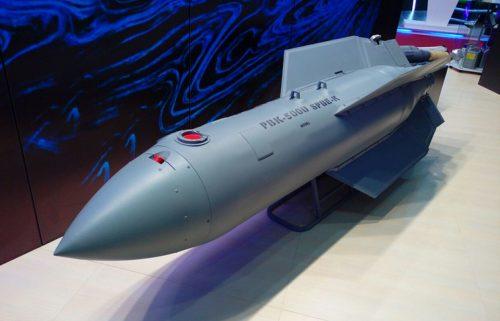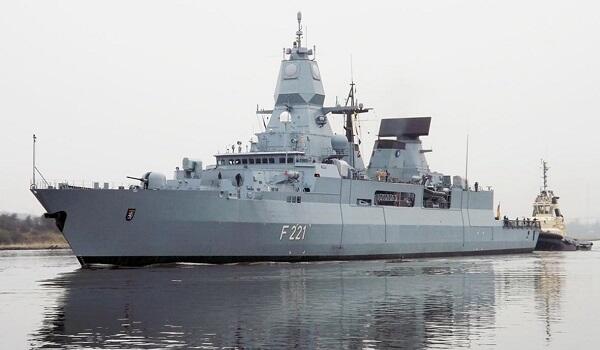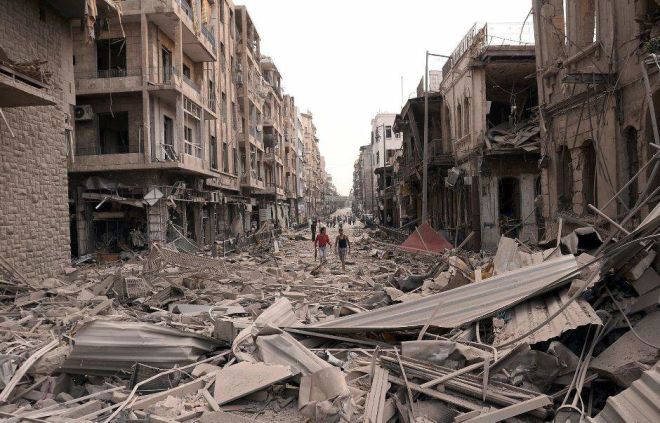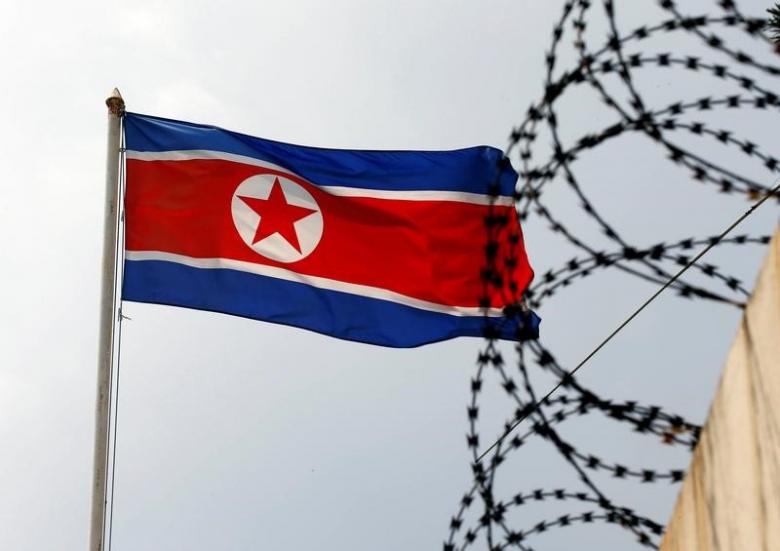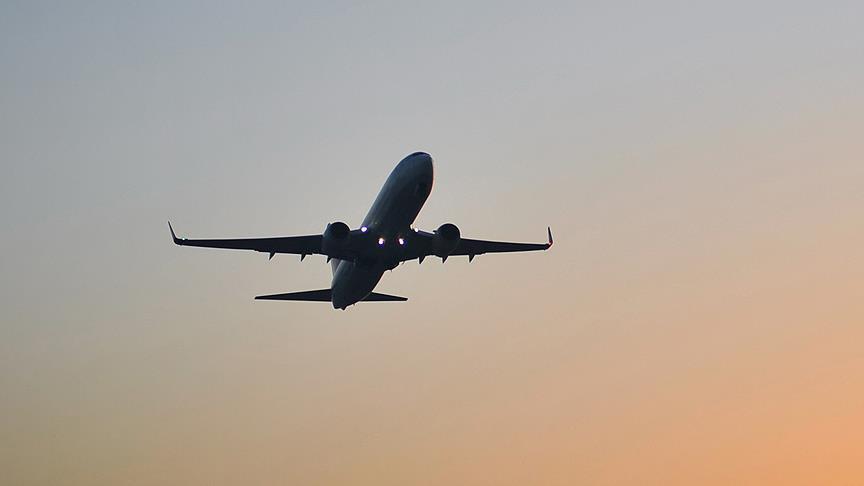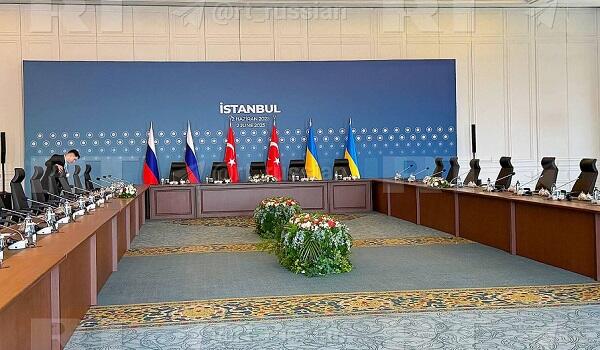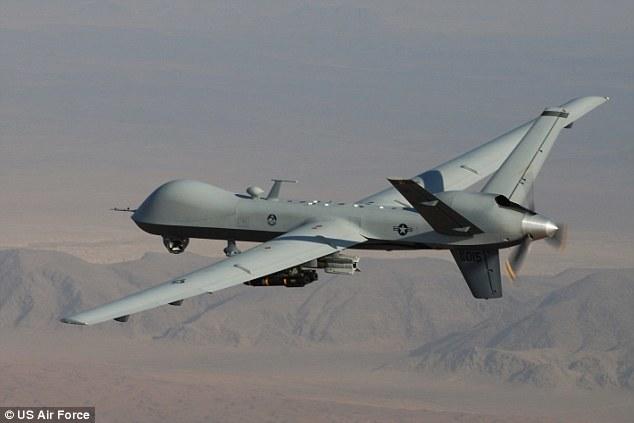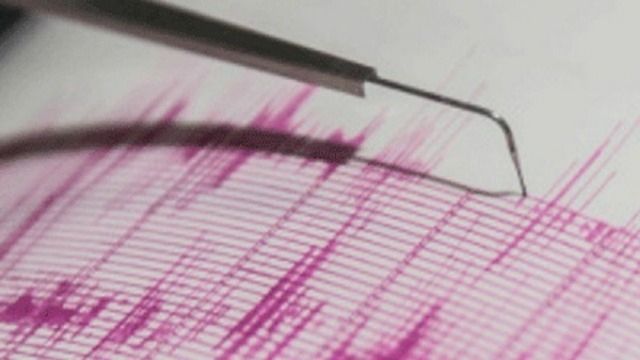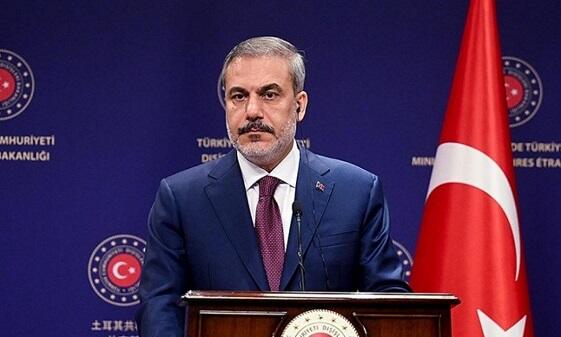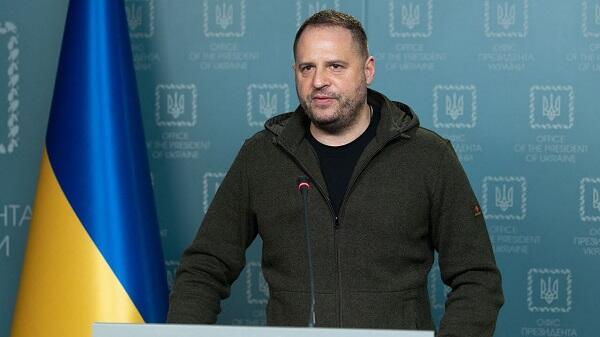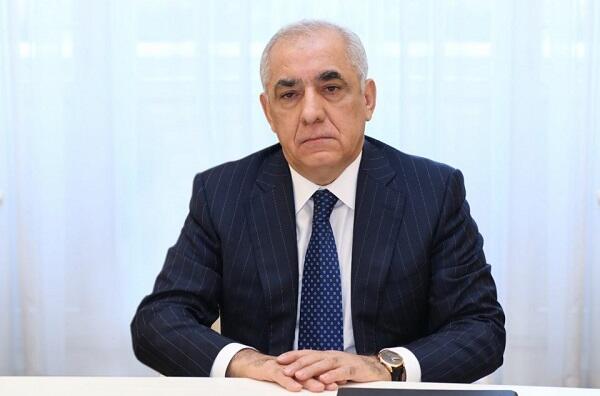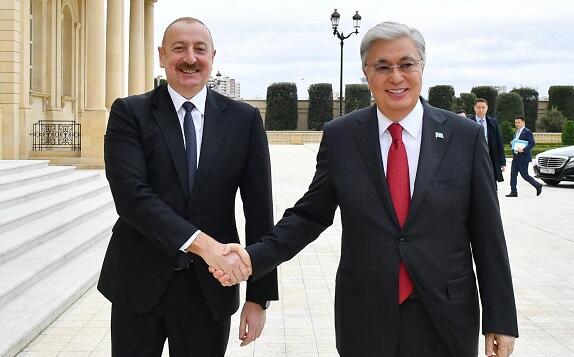The “Spider Web” operation carried out by Ukrainian special services deep inside Russia is in the spotlight of the world. The point is not that the destruction of these bombers will seriously affect Russia’s war in Ukraine.
Russia has used these planes only a few times in the long-range bombing of Ukraine during the 4-year-old war. Strikes on Ukrainian infrastructure are mainly carried out with missiles such as “Iskander”, “Kalibr”, “Dagger”, X-101, etc., and strategic bombers are not used to launch them.
The point is about attacking airfields located deep inside Russia, 3-4 thousand km from the front line - and also objects that Russia strictly protects. Russia has always boasted and been proud of the planes destroyed by Ukraine, and their “direct flights” to South America or some distant country have been presented as a demonstration of Russia’s power and unconditional support for the countries in question.
That is, Ukraine destroyed the plane that Putin is proud of, and this is the next operation: before that, the Crimean bridge, which Putin treats with special sensitivity, was hit.
It is an analogous operation: in 2022, as a “surprise” for Putin’s birthday, the operation to blow up the Crimean bridge was also carried out by transporting the explosive to Russian territory and sending it to Crimea; now the containers are being transported to Russian territory and placed next to the strategic missile carriers that Russia boasts about, and then a total attack begins.
All experts compare this attack to Japan’s attack on Pearl Harbor, and almost everyone is interested in assessing it as “Trump said that Ukraine did not have the card, but it did.” However, the main question should be: from which country’s territory did Ukraine manage to transfer the containers to Russia?
Ukraine had carried out a similar operation before this through Armenia: Armenia was chosen as the “weak link” for the attack on the Crimean bridge, and this is no coincidence.
Armenia is the main country that plays an exceptional role in circumventing the sanctions imposed on Russia. Armenia, by somehow changing the destination of the goods it receives from Europe, conducts a “re-export” operation and sends them to Russia. This is no longer a secret for the European Union, and reputable international publications have repeatedly touched on this issue, and the EU’s turning a blind eye to Armenia’s role in circumventing the sanctions on Russia has also been discussed.
This was one of the reasons why the explosives were easily transferred to Russia in the attack on the Crimean bridge: the goods coming from Europe were re-documented in Armenia, renamed, and sent to Russia as “exports of Armenia” - since Armenia is a member of the EAEU, the products it sends to Russia are also accepted at the border with less control.
After the explosion of the Crimean bridge, serious checks of goods coming from Armenia began at the Russian border checkpoint. This even caused official discontent from Armenia several times. However, after some time, the passage of trucks from Armenia through the Russian border was again “simplified”.
So, can Ukrainian special services still conduct a similar operation through Armenia?
